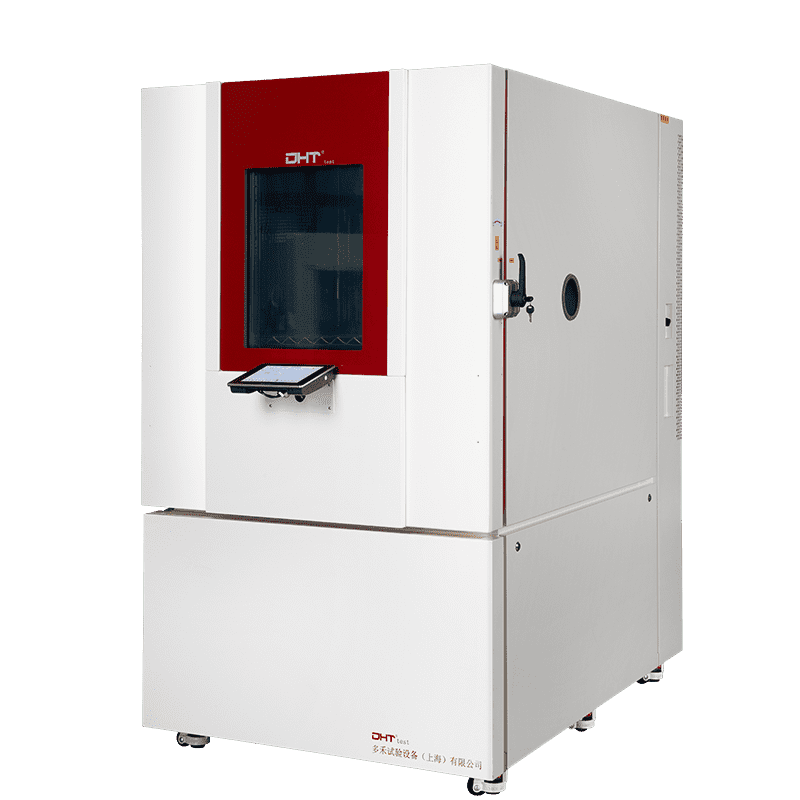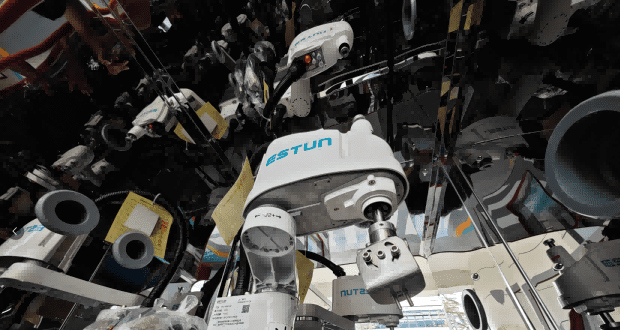Why Perform Solar Climatic Testing?
1.1 Valider la durabilité extérieure et la performance sous forte radiation
-
Material aging, discoloration, and cracking
-
Thermal failure in electronic or optical components
-
Seal degradation, adhesive failure, and structural deformation
1.2 Optimize Material Selection and Structural Design
-
Comparison of material photothermal resistance
-
Design adjustments to prevent local overheating
-
Improvements in insulation, UV protection, and anti-aging features
1.3 Comply with International Certifications and Standards
-
Meet certification requirements for international markets
-
Enhance product competitiveness in tenders and acceptance processes
-
Establish globally recognized lab validation systems
1.4 Strengthen Product Quality and Brand Reputation
-
Identify risks early in R&D
-
Control failure modes and extend product life
-
Reinforce the brand with “high weather-resistance” as a key value
1.5 Reduce Long-Term Quality Costs and Warranty Risks
Simulation Principles and Core Functions of Solar Radiation Test Chambers
2.1 Simulation Principle: Recreating Realistic “Light-Heat-Climate” Environments
-
Spectral Accuracy: Using xenon arc, metal halide, or high-intensity LEDs with optical filters to replicate AM1.5 or AM0 standard solar spectra
-
Thermal Effects: Controlling radiation intensity and distance to generate surface temperature rise and heat diffusion comparable to real sunlight
-
Environnement Coupling: Overlaying temperature (e.g., 50–120°C), humidity (e.g., 30–95% RH), and airflow to simulate real-world stress conditions for UV aging, thermal fatigue, and hygrothermal testing
2.2 Core Functional Capabilities
High-Precision Irradiance Contrôle
-
Adjustable irradiance intensity from 250 to 1200 W/m² (customizable)
-
Continuous or pulsed light exposure modes
-
Long-term stability to support extended, multi-cycle testing
Full Spectrum Simulation
-
Covers 280–3000 nm, including UV-A, UV-B, visible, and infrared ranges
-
Enables simulation of yellowing, cracking, electronic thermal buildup, and targeted UV acceleration
Dynamic Temperature and Humidity Control
-
Temperature range typically -40°C to 150°C
-
Humidity control for dry heat, damp heat, and condensation scenarios
-
Rapid thermal response and precise feedback during photothermal loading
Multi-Field Coupling and Programmable Testing
-
Combined control of sunlight, temperature, humidity, airflow, and test angle
-
Simulates full daily sunlight cycles including day-night transitions
-
Supports multi-step programmable profiles for long-duration or fixed-point tests
Flexible Sample Mounting and Chamber Adaptability
-
Compatible with flat, 3D, and module-level components
-
Adjustable radiation angles and multi-position layouts
-
Integrated sensors (e.g., infrared thermocouples, black panel sensors) for real-time thermal monitoring
Key Parameters That Determine Test Accuracy
-
Irradiance Intensity: Typically 800–1200 W/m², adjustable per test standard
-
Spectral Fidelity: Must comply with ISO, SAE, or IEC-defined spectral distributions
-
Sample Temperature Ramp Rate: Tuned to match thermal mass and real exposure patterns
-
Temperature and Humidity Accuracy: ±1°C and ±3% RH, respectively
-
Lighting Modes: Supports continuous, pulsed, and cyclic daylight simulations
Scénarios d'application typiques
Industrie automobile
-
Interior materials (dashboards, steering wheels, seats): discoloration, cracking
-
Exterior components (paint, seals): UV degradation
-
In-vehicle electronics (displays, sensors): heat resistance and stability
Construction & Renewable Energy
-
PV modules: UV degradation and thermal stress testing
-
Building exteriors: coatings, glass, and sealing materials durability
-
Energy-saving materials: performance validation under high irradiance
Aérospatiale & Défense
-
Surface materials on aircraft: high-altitude radiation protection
-
Military equipment: long-term exposure testing for extreme climates
-
Optical/electronic systems: sunlight shielding and endurance assessment
Can Lab-Based Testing Replace Natural Sun Exposure?
-
Accelerated Aging: Simulate years of sunlight exposure in just weeks
-
Controlled Variables: Precisely programmed and repeatable
-
Reliable Data: Enables side-by-side comparisons and issue tracing
-
High Efficiency: Speeds up R&D and reduces validation time and costs
Key Considerations for Selecting a High-Performance Solar Radiation Chamber
-
Light Source Quality: Long lifespan, stable output, degradation compensation
-
Smart Controls: Multi-variable coordination, remote monitoring, data logging, and programmable cycles
-
Chamber Design: Sufficient space and flexibility for various sample sizes and orientations
-
Standards Compatibility: Conforms to ISO 4892-2, ASTM G155, IEC 60068, etc.
-
After-Sales Support: Includes installation, training, calibration, and technical consulting
Creating a Controlled “Sunlight Environment” to Safeguard Product Weatherability
FAQ
Les chambres de test de radiation solaire peuvent-elles vraiment reproduire les conditions de lumière du soleil dans le monde réel ?
Oui. Les chambres climatiques solaires de haute qualité simulent le spectre solaire complet—y compris les UV, la lumière visible et le proche infrarouge—ainsi que la chaleur, l'humidité et le flux d'air contrôlables. En utilisant des sources lumineuses calibrées comme les lampes à arc au xénon ou les ampoules à halogénures métalliques, elles atteignent une fidélité spectrale comparable à celle de la lumière solaire naturelle (par exemple, AM1.5). Cela permet une simulation précise du stress photothermique et de la dégradation des matériaux, accélérant l'exposition réelle en un processus de laboratoire contrôlé et reproductible.
Quelles industries bénéficient le plus des tests climatiques solaires ?
Des industries telles que l'automobile, l'aérospatiale, la défense militaire, les énergies renouvelables et les matériaux de construction dépendent fortement des tests climatiques solaires. Les applications typiques incluent la prévention des fissures du tableau de bord, le vieillissement UV des modules photovoltaïques, la protection des surfaces des aéronefs et les tests de durabilité des revêtements ou des mastics de construction exposés à une lumière solaire intense.
Que dois-je rechercher lors du choix d'une chambre de test de rayonnement solaire ?
Les considérations clés incluent :
-
Qualité de la source lumineuse (précision spectrale, stabilité, durée de vie)
-
Systèmes de contrôle intelligents pour une programmation précise de l'irradiance, de la température et de l'humidité
-
Couplage multi-champs (lumière + chaleur + humidité + flux d'air)
-
Conformité aux normes internationales comme ISO 4892-2 ou ASTM G155
-
Flexibilité dans le montage des échantillons pour des composants réels ou des structures au niveau module
Ces facteurs garantissent des résultats de simulation solaire fiables, répétables et conformes aux normes de l'industrie.


